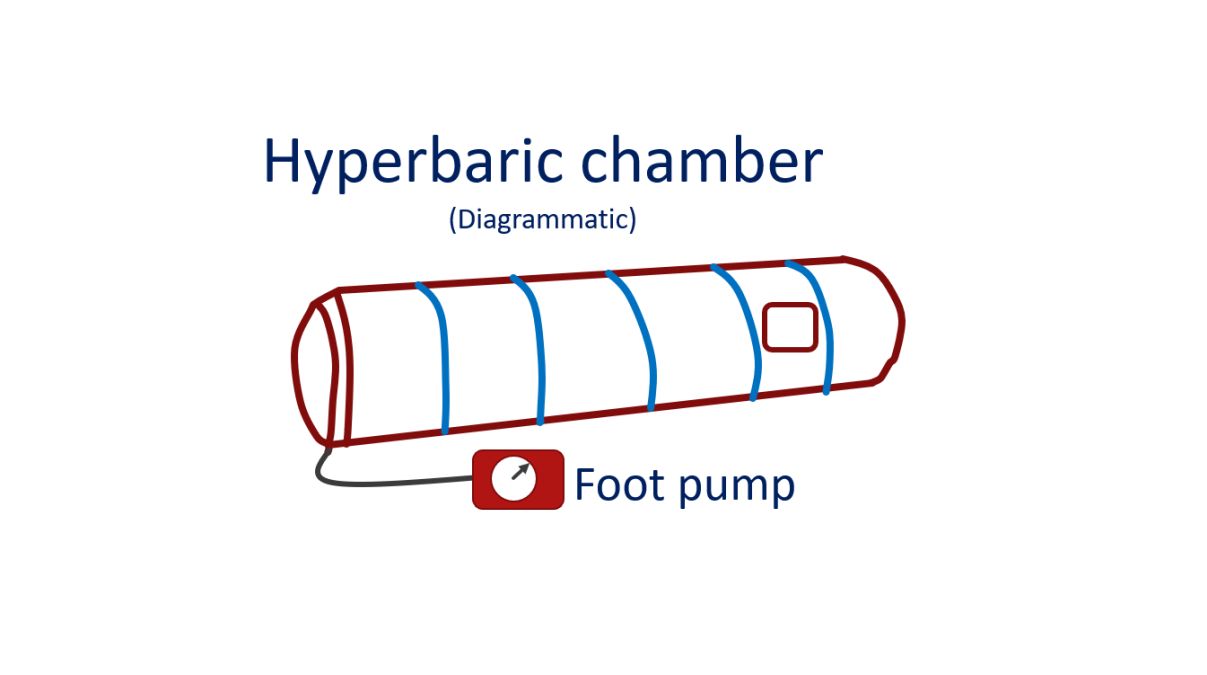What is high altitude pulmonary edema (HAPE)?
What is high altitude pulmonary edema (HAPE) ?
High altitude pulmonary edema is collection of fluid in the lungs on rapid ascent to high altitudes. It is a potentially life threatening condition and is a severe form of mountain sickness. Severe breathlessness with fall of oxygen level in the blood occurs in this condition. Blue color of the skin (cyanosis) may be noted. The best way to prevent it is to ascend gradually, taking a few days to climb to 3000 meters. After that climb only very slowly, only about 300 to 500 meters a day. The risk is more if your usual residence is near sea level so that you are not acclimatized to high altitude at all. Previous episode increases your risk of a recurrence. Medical problems involving the heart and lungs may also enhance the risk.
If you are planning to travel above 3000 meters, carry enough oxygen to last for several days. Bring the person down to a lower altitude as soon as possible if shortness of breath occurs. Use oxygen immediately and some medications which enlarge your air passages and blood vessels of the lungs may be useful. But these have to be taken as per medical advice. Breathing machines if available, will be useful.
There are portable hyperbaric chambers which allow hikers to simulate conditions at lower altitude without actually climbing down. They are useful if bad weather or some other factors prevent a quick descent to a lower altitude. A portable hyperbaric chamber can be operated by a foot pump and can simulate a descent of about 1500 meters within a few minutes by increasing the pressure within the bag. Portable hyperbaric chambers are inflatable bags and weigh about 6.5 Kg. When expanded they are cylindrical in shape and large enough to accommodate a person. The foot pump has to be operated continuously while the person is in the bag to supply fresh oxygen and to flush out carbon dioxide.




